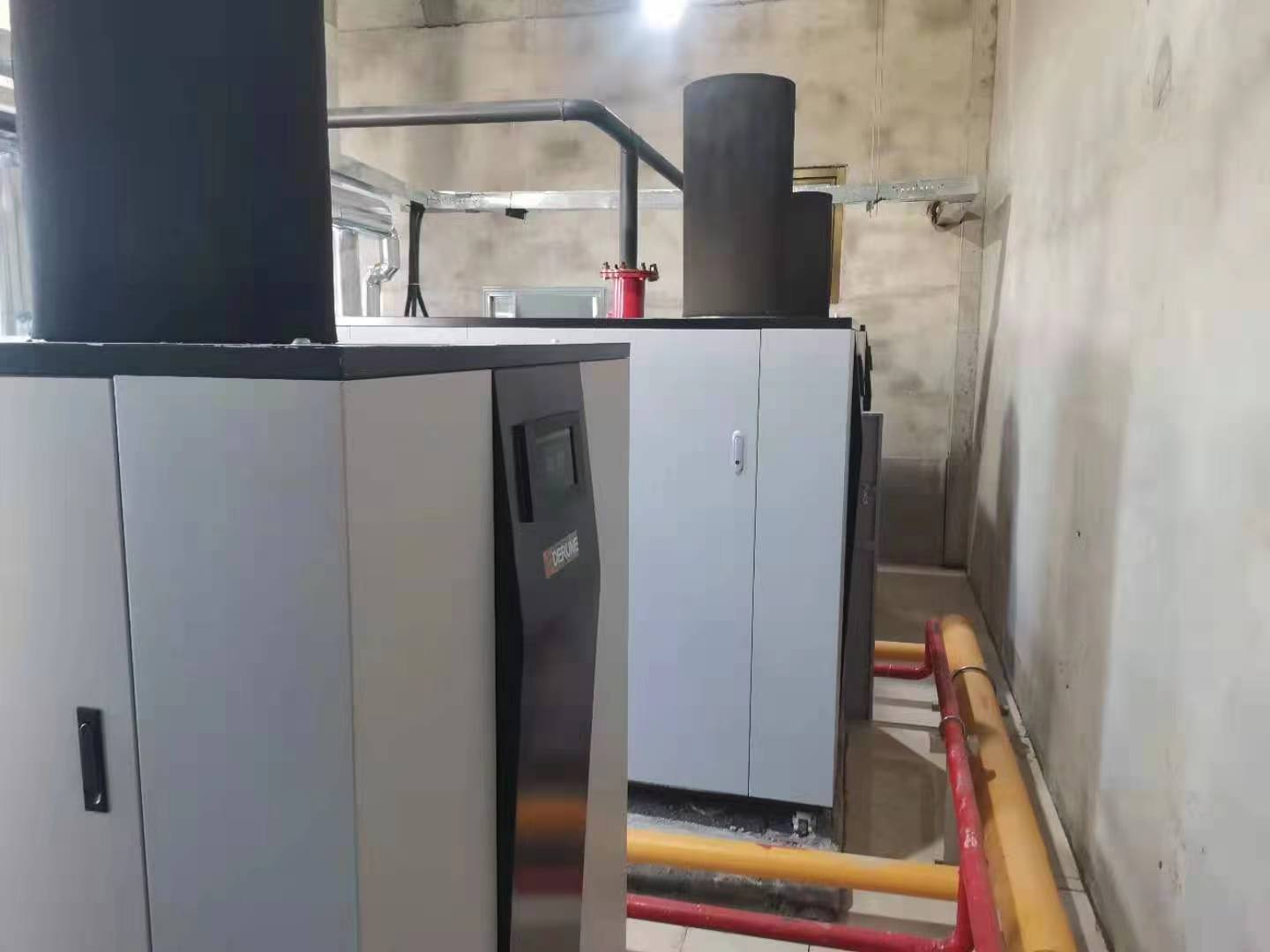nov. . 06, 2024 14:44 Back to list
Optimizing Intermediate Heat Exchanger Performance for Enhanced Energy Efficiency in Industrial Applications
Intermediate Heat Exchanger A Vital Component in Thermal Management
In various industrial applications, heat exchangers play a crucial role in enhancing energy efficiency and optimizing thermal processes. Among these, the intermediate heat exchanger (IHX) stands out as an essential component, especially in systems where temperature control and fluid transfer are imperative. By facilitating heat transfer between two fluids without them coming into direct contact, IHXs ensure that energy is utilized effectively, minimizing waste and costs.
The primary function of an intermediate heat exchanger is to transfer heat from one fluid to another, typically in a closed loop. This process is particularly significant in systems such as nuclear reactors, geothermal power plants, and industrial heating and cooling applications. For instance, in a nuclear reactor, the heat generated from nuclear fission in the reactor core needs to be transferred to a secondary system to produce steam, which drives turbines for electricity generation. The IHX serves as the bridge, allowing heat to transfer while maintaining the integrity and safety of the primary coolant system.
One of the key advantages of using an intermediate heat exchanger is its contribution to operational safety
. In many thermal systems, it is crucial to prevent the primary fluid, which can be radioactive or corrosive, from contaminating the secondary fluid, which is often used in power generation or district heating. The IHX acts as a barrier, ensuring that any failure in the primary system does not directly affect the secondary system's integrity.intermediate heat exchanger

Moreover, the efficiency of temperature transfer in an intermediate heat exchanger can significantly influence the overall performance of the thermal system. The design of the IHX must consider various factors, including flow arrangement, temperature differences between the fluids, and the material selection to reduce fouling and corrosion. Common designs include shell-and-tube, plate, and finned-tube configurations, each offering unique benefits depending on the specific application and operational conditions.
In addition to its functional importance, the intermediate heat exchanger plays a vital role in improving energy efficiency. By preheating fluids or recovering waste heat from processes, IHXs can drastically reduce energy consumption. For example, in an industrial cooling system, heat recovered from outgoing hot fluids can be utilized to preheat incoming cold fluids, thereby lowering the overall energy demand and reducing operational costs.
However, the operation of IHXs is not without challenges. Regular maintenance and inspection are necessary to prevent performance degradation due to fouling, scaling, or corrosion. The efficiency of heat transfer can be compromised if the heat exchanger is not properly maintained, leading to increased energy consumption and potential equipment failure. Therefore, implementing proactive maintenance strategies is essential to ensure the longevity and efficiency of intermediate heat exchangers.
In conclusion, the intermediate heat exchanger is a pivotal element in modern thermal systems, facilitating efficient heat transfer between fluids while maintaining safety and operational integrity. As industries increasingly focus on energy efficiency and sustainability, the design, implementation, and maintenance of IHXs will continue to play a vital role in optimizing thermal management processes. As technology advances, we can expect even more innovative solutions to enhance the performance of intermediate heat exchangers, further contributing to industrial efficiency and environmental sustainability.
-
Durable Centrifugally Cast Iron Water Main Pipe
NewsAug.11,2025
-
Centrifugally Cast Iron Water Main Pipes for Reliability
NewsAug.10,2025
-
High-Quality Centrifugally Cast Iron Water Main Pipes
NewsAug.09,2025
-
Durable Cast Iron Water Main Pipe & Drainage Solutions
NewsAug.08,2025
-
Buy Cast Iron Pipe: Premium Ductile Iron & Drain Solutions
NewsAug.07,2025
-
Durable Cast Iron Water Main Pipe | Buy Ductile Pipe
NewsAug.06,2025


